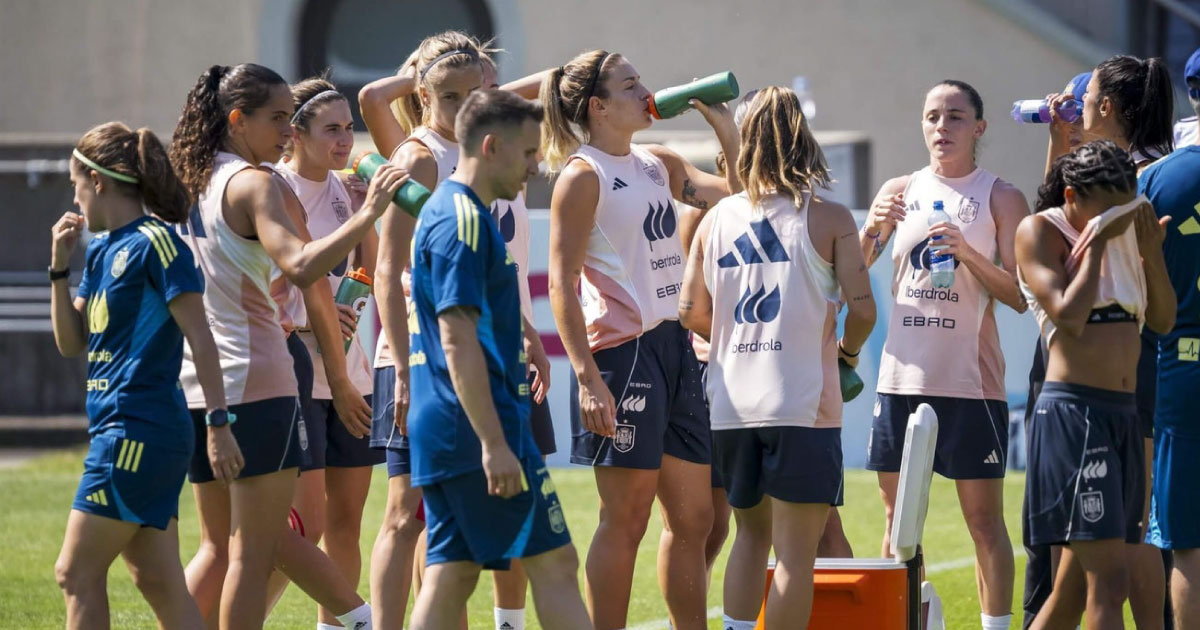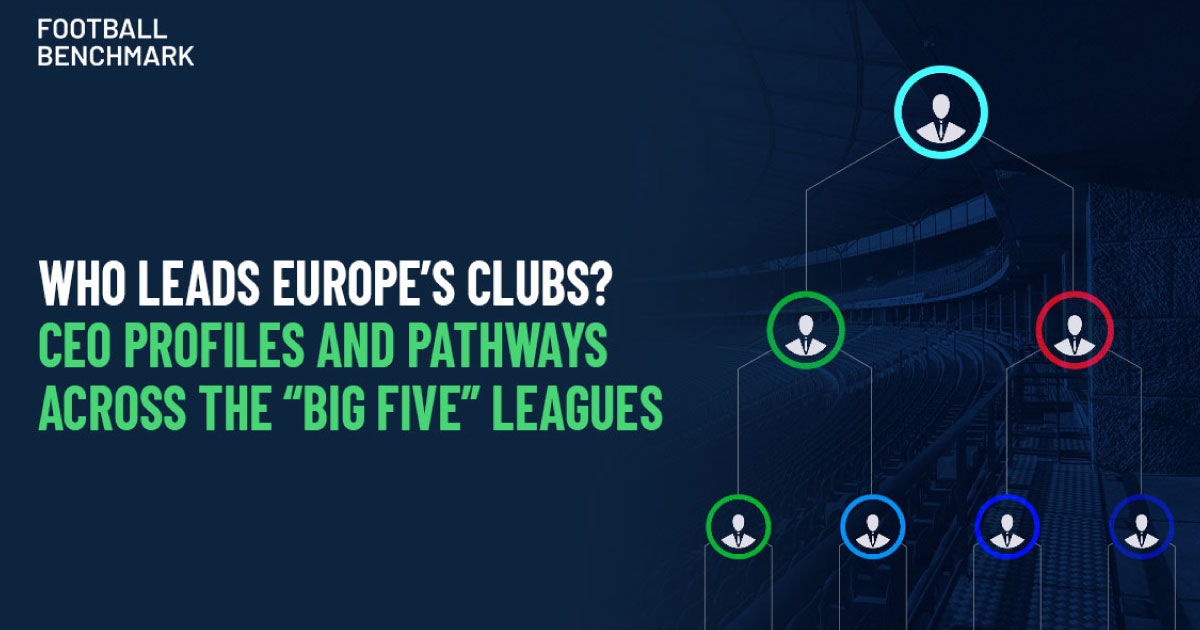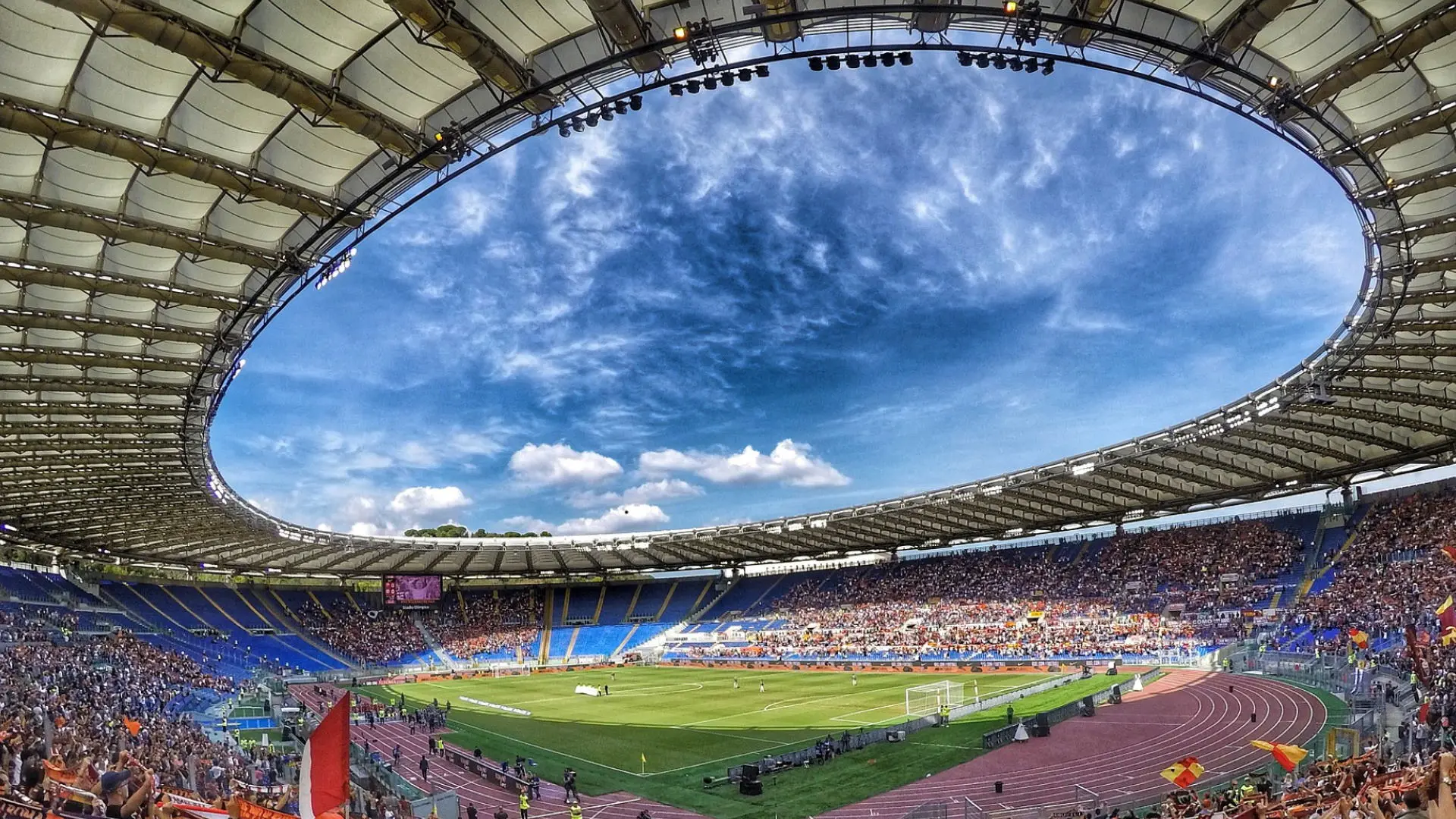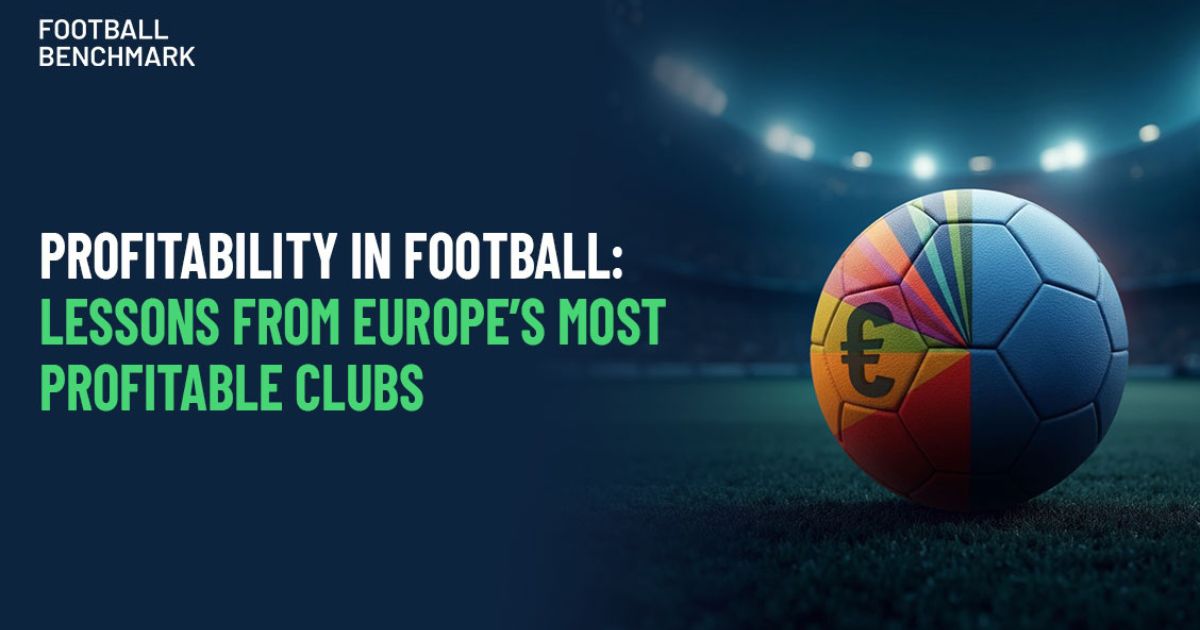SFS is proud to announce a media partnership with News Tank Football for the upcoming 8th edition, taking place on November 18–19, 2025 at Allianz Stadium in Turin. As the international media outlet of choice for football and sports industry executives and stakeholders, News Tank Football brings a global perspective to the event, strengthening SFS’s positioning as the only international B2B soccer industry event in Italy. The collaboration will ensure broad coverage in major international markets, strengthening SFS’s mission to promote dialogue, innovation and growth in the business of soccer.
“We are pleased to welcome News Tank Football as our media partner for SFS 25. Their expertise and scope international align perfectly with our ambition to connect industry leaders and shape the future of soccer,” said Gianfilippo Valentini, CEO of SFS. “The partnership with SFS is an opportunity to support a unique B2B event in Italy and to share its content with our international audience of soccer decision-makers,” said Maxime Finelle, co-Managing Director of News Tank Football.
Join us in Turin on November 18-19, 2025. Purchase your ticket at this link: https://www.socialfootballsummit.com/it/ticket-sfs25/
SFS signs media partnership for 8th edition with News Tank Football: an international perspective on the soccer industry
SFS is proud to announce a media partnership with News Tank Football for the upcoming 8th edition, taking place on November 18–19, 2025 at Allianz Stadium in Turin. As the international media outlet of choice for football and sports industry executives and stakeholders, News Tank Football brings a global perspective to the event, strengthening SFS's positioning as the only international B2B soccer industry event in Italy. The collaboration will ensure broad coverage in major international markets, strengthening SFS's mission to promote dialogue,
Heat and climate change in the 2025 summer of sport
Extreme temperatures defined the summer 2025 events, prompting heat safety measures for both players and fans. Hydration strategies helped reduce health risks. Prioritizing both sustainability and safety, organizers promoted water refilling stations and minimized plastic waste while ensuring the wellbeing of spectators. As climate change drives temperatures higher, extreme heat is becoming a defining challenge for the world of sports. The summer of 2025 showcased just how disruptive soaring temperatures can be, affecting athletes’ performance, fan safety, and event operations alike. At Wimbledon 2025, temperatures climbed to an uncomfortable 32–34°C during the first
SFS EXTRA TIME 2025 kicks off: soccer innovation startup competition
In partnership with Almaviva - final stage on Nov. 18, 2025, Allianz Stadium, Turin, Italy Social Football Summit officially launches SFS EXTRATIME 2025, the startup competition dedicated to innovation in the soccer and sports industry, created in partnership with Almaviva, an Italian leader in digital transformation. The challenge, now in its new edition, will be held as part of the8th edition of SFS - Social Football Summit, scheduled for Nov. 18 and 19, 2025 at the Allianz Stadium in Turin, offering startups
Driving innovation in football: Almaviva confirms partnership with SFS 25
Almaviva confirms its role as Main Partner of SFS 25, renewing its support for the event and the startup competition SFS Extratime. A partnership that reinforces the joint commitment to digital innovation and sustainability in the football industry.
Sports Doctor Network. Sustainability and innovation in the service of sports medicine
This morning, in the beautiful setting of the Olympic Stadium, the event dedicated to sports medicine organized by Sports Doctor Network was held, with SFS active in the role of partner. The panel sessions, which also extended throughout the day, revolved around the theme of innovation and dissemination of best practices in protecting the health of athletes, in order to enhance scientific expertise and direct testimony from Europe's leading soccer clubs. Indeed, the range of speakers who took turns on the
DUBAI BECOMES GLOBAL STAGE FOR SPORTS AND BUSINESS DIALOGUE
Italiacamp EMEA and SFS co-organize an exclusive international event on the role of soccer as an engine for investment, development and leadership in the MENA region Social Football Summit (SFS) and Italiacamp EMEA, in collaboration with the International Sports & Entertainment Zone (ISEZA), announce the next edition of SFS Snack in Dubai: "Football as a Catalyst for Investment, Development and Leadership in the MENA Region," scheduled for September 29, 2025 at ISEZA, Ground Floor - Building 4, One Central,
AWS and SFS: a strategic partnership to revolutionize the future of football
We are proud to announce Amazon Web Services (AWS) as Main Partner of the Social Football Summit 25 (SFS 25), the leading international event for the football industry, taking place on 18–19 November at the Allianz Stadium in Turin. This strategic partnership marks a crucial step for innovation in the football sector. AWS, the global leader in cloud computing, will bring its powerful ecosystem of cutting-edge technologies — from cloud and artificial intelligence to advanced data analytics solutions — to transform the modern
Who leads Europe’s clubs? CEO profiles and pathways across the “Big Five” Leagues
Modern football is shaped as much in the boardroom as on the pitch. At the centre of this transformation is the Chief Executive Officer (CEO), the figure tasked with steering clubs through the complexities of global finance, commercial growth, and sporting ambition. Once dominated by chairmen or part-time directors, club leadership has professionalised, and the CEO role has become central to how ownership vision is translated into day-to-day action and long-term strategy.Following our recent analysis of Sporting Directors, this research
SFS partners with International Summit on Sports and Medicine.
SFS strengthens its commitment to sports medicine by launching a prestigious partnership with Sports Doctors Network, an international network of excellence in the field. This collaboration marks a decisive step in SFS's desire to actively contribute to innovation and the dissemination of best practices in athlete health protection, enhancing scientific expertise and direct testimony from Europe's leading football clubs. The alliance with Sport Doctors Network comes to fruition with theInternational Summit on Sports and Medicine, the first event in Italy
Profitability in football: Lessons from Europe’s most profitable clubs
Article written by Football Benchmark European club football has enjoyed strong revenue growth over the past decades, driven by expanding competitions, internationalisation, and commercial innovation. Yet recent years have tested this trajectory. The COVID-19 pandemic disrupted operations, while ongoing shifts in the media landscape continue to put pressure on historically reliable income streams. In parallel, regulatory frameworks have increasingly prioritised financial sustainability, reshaping the operating environment for clubs across the continent. Despite rising revenues, there remains a widespread perception that football












